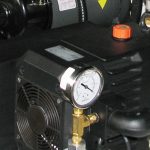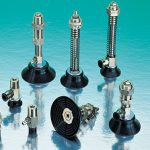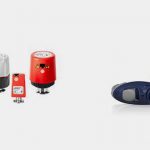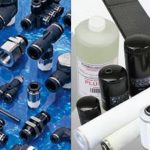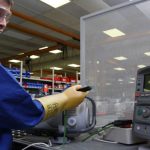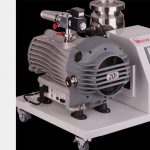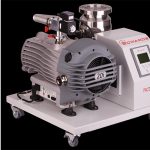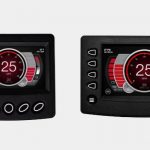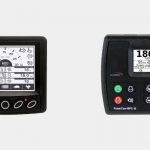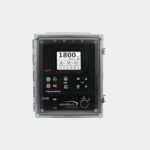Pneumatic air regulators are a vital part of any pneumatic system, from a simple sandblaster to a jackhammer to some very delicate barostatic systems used for neurogastroenterology. It’s always important to get the right one for your needs, which means understanding what they are and how they work.
An air regulator is a pneumatic device that’s designed to reduce (or ‘regulate’) the pressure of the air that escapes the valve. They’re vital because, for many actuators (also known as “pneumatic cylinders“), the air supplied to the cylinder must be supplied at a constant pressure, or the cylinder will move jerkily or bounce. The pressure supplied by an air compressor varies dramatically as the compressor cycles, so an air regulator is critical to the smooth movement of the actuator.
The simplest kind of air regulator uses a spring to hold a poppet in place, preventing any air from flowing further down the line. As air pressure builds within the regulator, the pressure pushes against the strength of the spring, eventually moving the poppet and allowing airflow to continue past the poppet. A balance is struck between incoming air pressure and the strength of the spring, and the pressure that makes it past the poppet is constant until the flow is shut off.
Controls
There are three fundamental methods of controlling an air regulator — they can be static, pilot-operated, or electronically controlled. All three variations use the same basic concept of balancing the strength of one or more springs against air pressure. In static regulators, once the unit is assembled, it only ever does the precise job it was built to do — it’s input parameters and output parameters never change.
In pilot-operated regulators, there’s a manual screw on the unit that allows a user to adjust how strongly the spring pushes on the poppet, thus increasing (or decreasing) the amount of force the air has to use to open the valve and the pressure of the air that continues down the line.
Electronically-operated regulators use small electronic motors to turn the screws, and are themselves remotely operated either in real-time via switches, or they can be attached to a computer and preprogrammed to adjust the spring tension at certain times or under certain conditions without needing human attention to do so.










